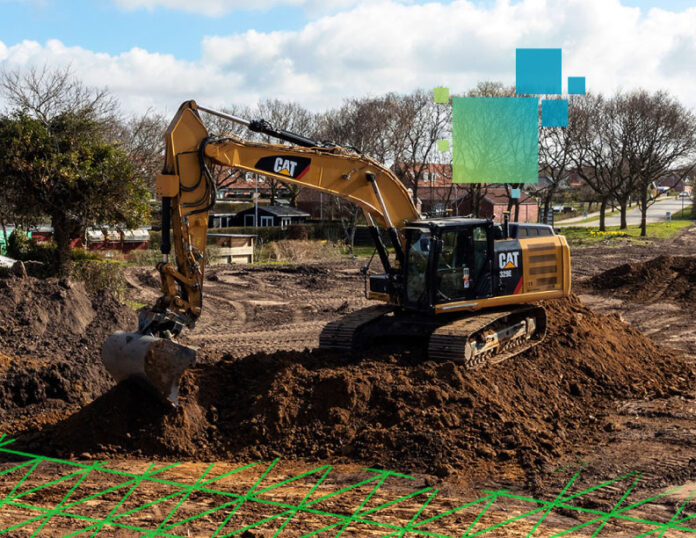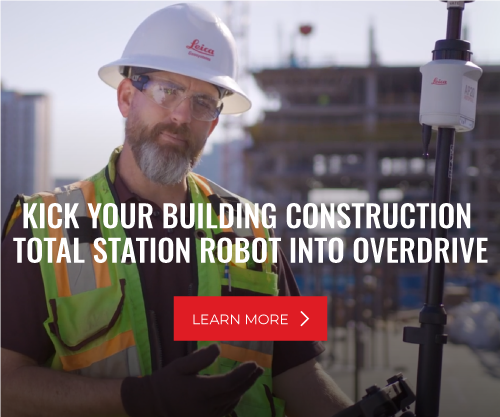How much control do you have over your excavating, grading, paving, and other construction operations? If you’re not measuring what’s happening in the field, you have no way of knowing where you are or how you can improve. That’s the key benefit when you apply technology to your workflows. Armed with the data, you can make changes to your processes to improve future outcomes.
Here are five process benefits you can expect from on-machine and off-machine control technology
1. Protect yourself against inaccurate topos
Take the time to measure the existing ground; you don’t really know what’s there. The topo you are using to bid the project was more than likely flown and is guaranteed plus or minus half of the contour used, typically 2 feet. That means the ground could be a foot high or a foot low. A 1-foot inaccuracy across a project could bankrupt you.
With GPS, total stations, and reality capture technology, you can create a preconstruction topographic map accurate to within hundredths of a foot, and compare it with the original topo used to build the work. Armed with this knowledge, and depending on how the contract was written, you can either proceed with confidence or submit a change order before you start your site work.
2. Do more with fewer people
While skilled operators are in short supply, machine control can help you close the labor gap. On-machine technology enables every operator on the jobsite to work with greater efficiency and productivity, so you can do more work with fewer people.
Off-machine systems can also make you more productive. For example, a robotic total station can be operated remotely from a distance, which means only one operator is needed in the field, rather than the traditional team of a surveyor and assistant required with manual total stations. This frees up team members to do other tasks somewhere else on the project, increasing productivity.
3. Say goodbye to rework
Machine control uses a 2D or 3D plan downloaded to the machine, so operators can see the cut and fill underneath the blade or bucket right on the screen. Because you’re automatically grading to the plan, you shouldn’t have rework.
Not only does this save time, but it also saves on fuel costs and wear and tear on the machine. As compared to the same machine model and operator skills sets, a machine with a 3D system on it can save up to 66% fuel usage and extend the undercarriage by 66% as it pertains to productivity.
4. Make continuous improvements based on measured data
When you apply technology to your workflows to begin measuring your job site and all the tasks you had done conventionally in the past, you will start to see areas for improvement. Compared to the bid number used for a specific task on site, you can see whether you hit the mark. This documentation creates a resource of knowledge to make the next bid even tighter, increasing your likelihood of winning it.
5. Keep people out of harm’s way
With grade control on dozers, excavators, motor graders, pavers and other types of heavy equipment, operators can verify the work is to grade without having to pound stakes, move string lines and measure as they go. If you look at the task of putting pipe in the ground, machine control allows you to do 80% of the work without a person in the trench, reducing your risk as a company.
The technology can also be integrated with real-time safety awareness solutions that can alert you to potential machine-to-people, machine-to-machine, and machine-to-object collisions so you can create greater awareness and a safer working environment. This data can be collected and visualized in cloud-based tools that provide more incident clarity and proactiveness with data-driven decisions.
Construction is a risky business, but machine control provides the data you need to improve your operations, change your processes, and increase productivity, profitability, and safety.
About the Author

Mike Windsor is passionate about helping the heavy construction industry increase productivity and efficiency with technology. He brings more than 30 years of experience in survey and machine control to his position as Regional Sales Manager, Northeast US, Heavy Construction, Leica Geosystems, part of Hexagon.






